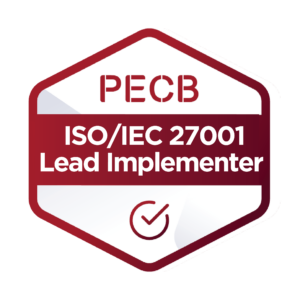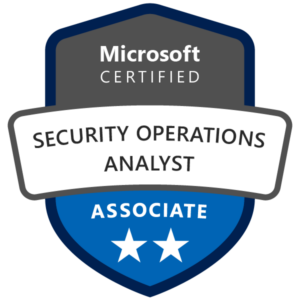What is the Cybermeter?
CyberMeter is a free tool developed by the National Cyber Security Centre of Finland to support organisations in assessing and continuously improving their cybersecurity maturity level. It enables management and security practitioners to allocate resources wisely, identify areas for improvement and monitor the effectiveness of cybersecurity measures.
Cyber maturity assessment
The Cyber Meter helps organisations to assess their level of cyber security maturity in different areas, providing a broad picture of the organisation's cyber maturity level.
Guiding development investments
With the help of the cybermeter, an organisation can efficiently allocate its resources to identified development needs, improving cybersecurity management and business continuity.
Comparison by sector
The service allows you to benchmark your organisation's cybersecurity against the industry average, helping you to identify areas for improvement and set realistic goals.
Supply chain management
The cybermeter also provides a view of the level of maturity in supply chain and external dependency management, which is critical to the overall cybersecurity of an organisation.
2. Asset, Change and Configuration Management (ASSET)
3. Threat and Vulnerability Management (THREAT)
4. Risk Management (RISK)
5. Identity and Access Management (ACCESS)
6. Situational Awareness (SITUATION)
7. Event and Incident Response, Continuity of Operations (RESPONSE)
8. Third-Party Risk Management (THIRD-PARTIES)
9. Workforce Management (WORKFORCE)
10. Cybersecurity Architecture (ARCHITECTURE)
11. Cybersecurity Program Management (PROGRAM)
Structure of the Cybermeter
The cybermeter assessment model is divided into sub-areas reflecting the key stages of cybersecurity management. These broadly correspond to and build on internationally recognised frameworks such as NIST Cybersecurity Framework and the Cybersecurity Capability Maturity Model (C2M2).
The evaluation process can take the form of self-evaluation or supported evaluation with the help of expert services. The results provide a transparent view of the current state of cybersecurity and clear guidelines for development measures.
Steps of the Assessment
We follow the official guidelines of the Cybersecurity Centre for the completion of the Cybermeter and related steps.
1. Initiate Assessment
The decision to carry out the assessment. Together with the client, we appoint a person responsible for the assessment and agree on the subject of the assessment. The Tekve expert will act as the lead assessor.
2. Preparation
A more precise definition of the area of activity to be assessed and its critical dependencies. We create a timetable for the assessment, assign responsibilities and agree on practical arrangements.
3. Conduct Assessment
Filling in the Cybermeter together with the client's staff. Tekve's role is to guide the customer in answering questions and assist with technical security requirements.
4. Results
Based on the results, we will produce a final report on the findings of the assessment, including a prioritised and realistic development action plan to address the shortcomings.
5. Development and reassessment
The client will carry out a final report on the development measures and agree on a new assessment to confirm the direction of progress.
Why choose Tekve ?
We help you to create a concrete, practical development plan based on the strengths and weaknesses identified in the assessment.
We provide our customers with clear support material to help them understand the cyber meter requirements and what they mean. We understand that cyber requirements can seem difficult for those unfamiliar with the industry.
By knowing the level of cybersecurity in different industries, we can provide our customers with comparative information about other organisations in the same sector. This supports strategic development and encourages healthy competition to improve cybersecurity.
Certificated Operations




Pricing Examples
The pricing of cybermeter assessments is determined by the scope of the organisation and the target. Below are some examples of pricing.
Organization A
Industry: Manufacturing
Personnel: 30
VAT (0%)
-
Cybermeter Assessment
-
Consultation meeting on the implementation of development measures.
-
Training on the use of the Cybermeter for people in charge of the organisation.
Organization B
Industry: Technology
Personnel: 150
VAT (0%)
-
Cybermeter Assessment
-
Two consultation meetings on the implementation of development measures.
-
Training on the use of the Cybermeter for people in charge of the organisation.
-
Plan for the timing of security assessments.
